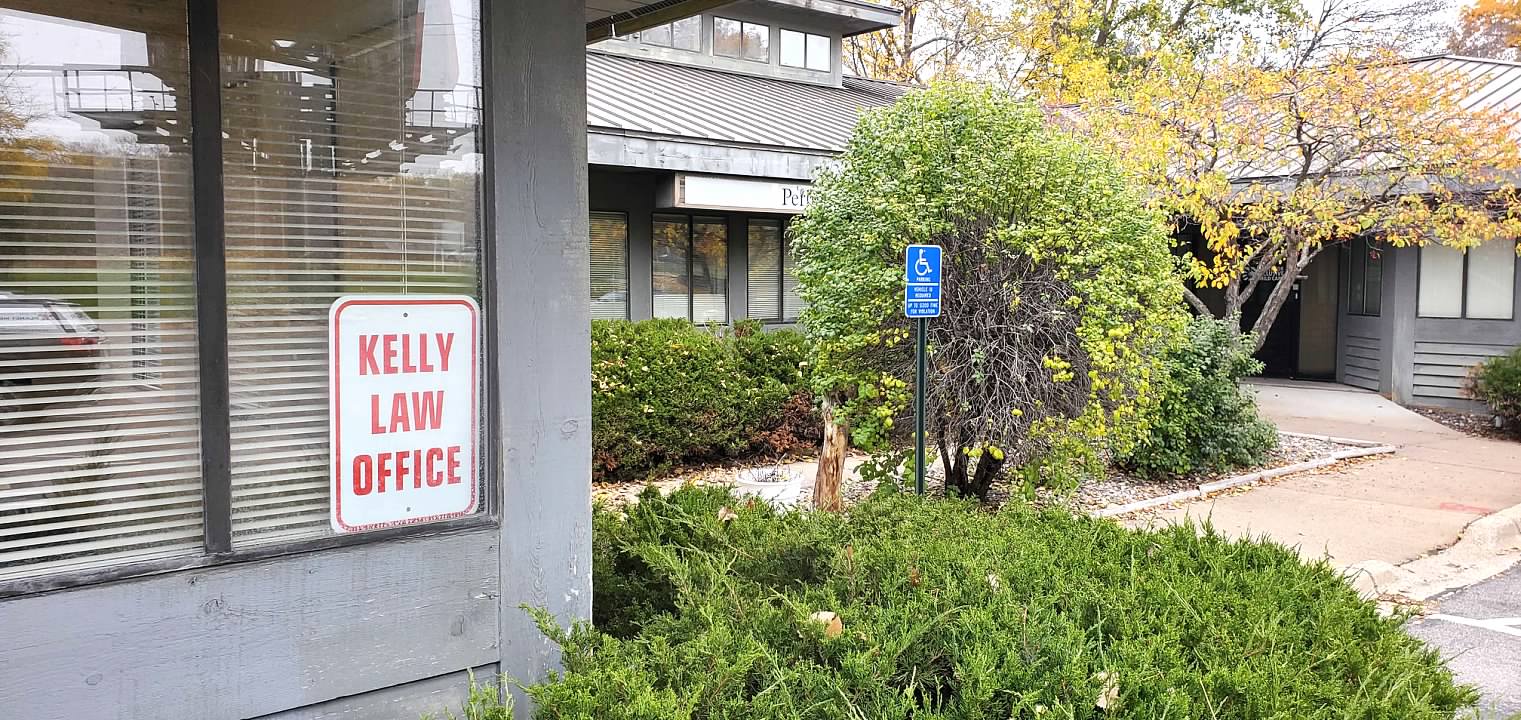I often advise my clients that if they are sure they are going to be filing a Chapter 7 bankruptcy, they should stop trying to make payments on the debts that they expect to have discharged. It is surprising how many people just don’t follow that advice, or think it doesn’t apply to them, or believe it shouldn’t apply to some particular bill that they really want to pay. Often they make such payments only to find that after the bankruptcy is filed, the Trustee is demanding that the creditor who they paid must now give the money back – back to the Trustee of course.
One of the principles of bankruptcy law is that all of the creditors are to take their losses equally. In the event that the debtor has paid an unsecured creditor $600 or more in a consumer case or $5,000 or more in a business case within the 90 day period before the case is filed, the Trustee can go to the creditor and demand that money. The trustee will recover the money and, after perhaps using some to pay administrative costs, distribute it equally on a prorata basis to all the unsecured creditors. The term for such a large payment to a creditor within the 90 days before filing is “preference.” It’s not OK for one creditor to be preferred over another.
Another type of preference is a payment made on a debt owing to an “insider.” Insiders are either close relatives or close business associates. There’s no dollar limit on this type of preference, and under Minnesota law the Trustee may be able to go back as far as six years to recover these payments. This insider thing can get very nasty, and you should be sure to disclose any possible problems in this area to your lawyer. There are some defenses to these insider claims, and your lawyer should be able to tell you if one might apply to your situation.





